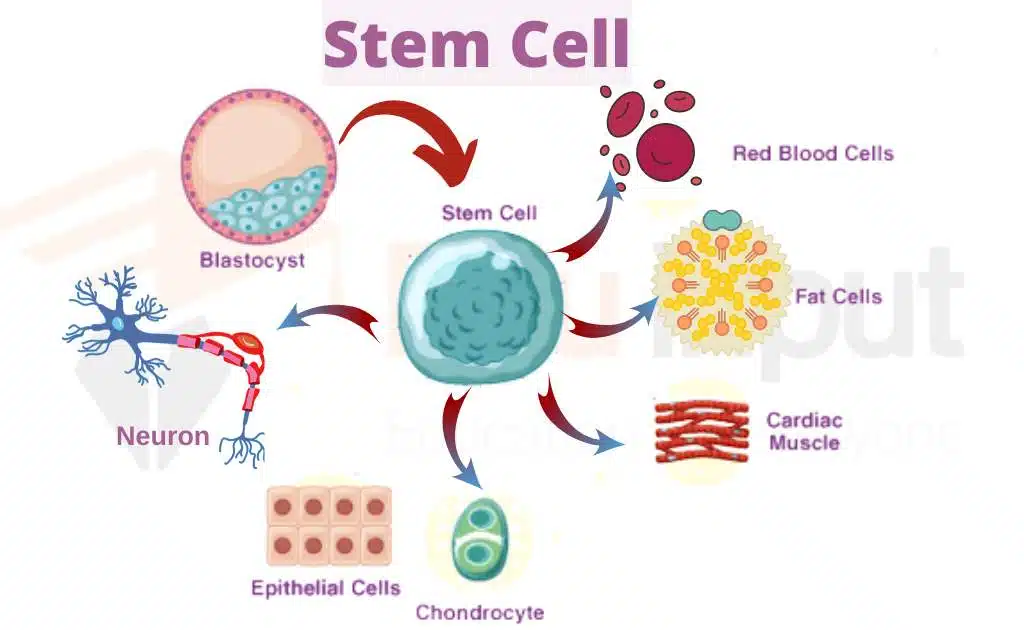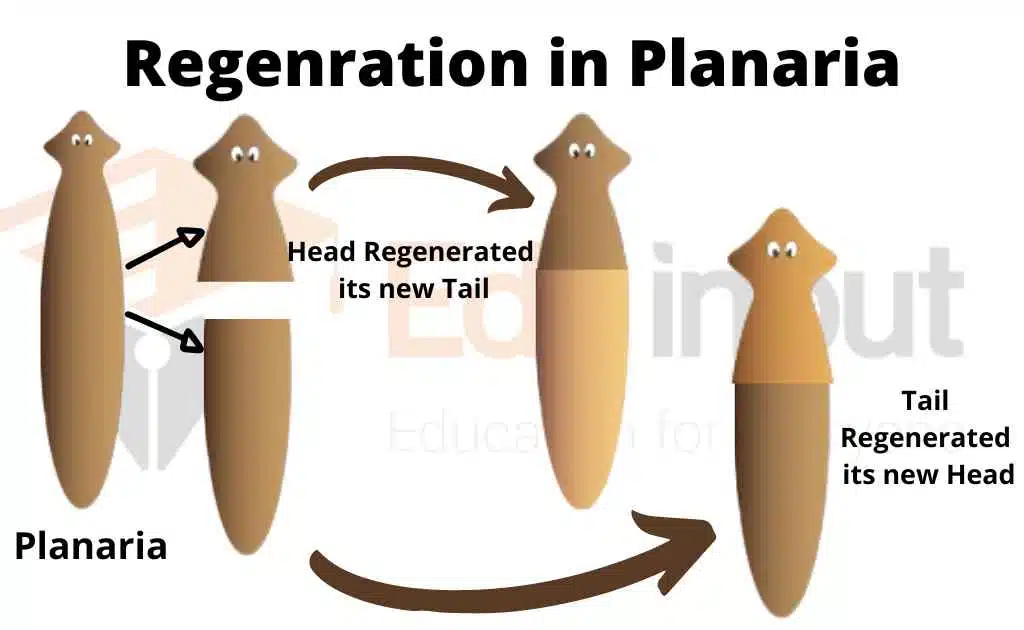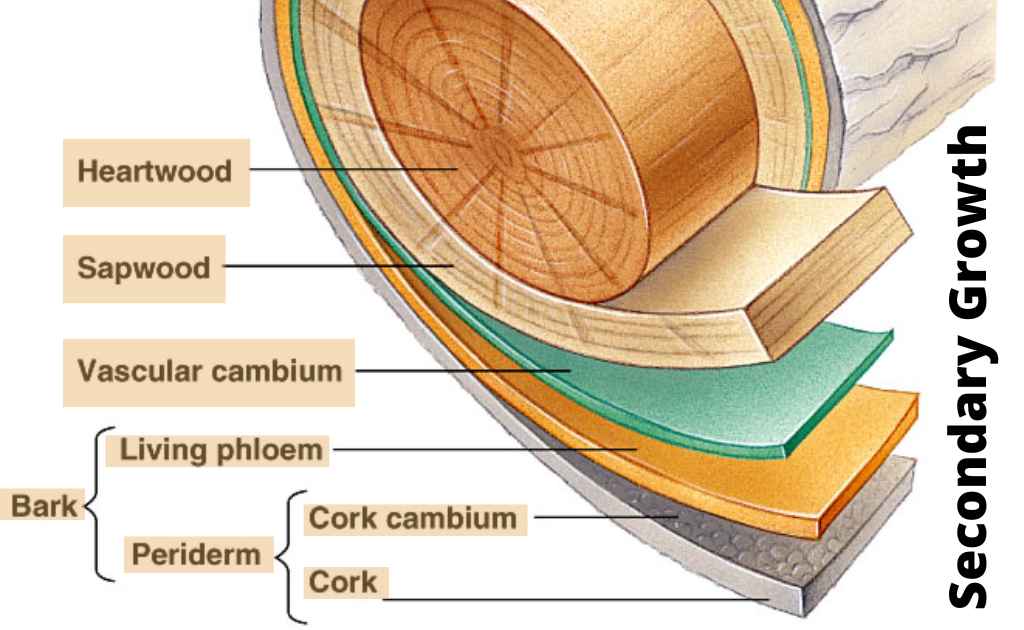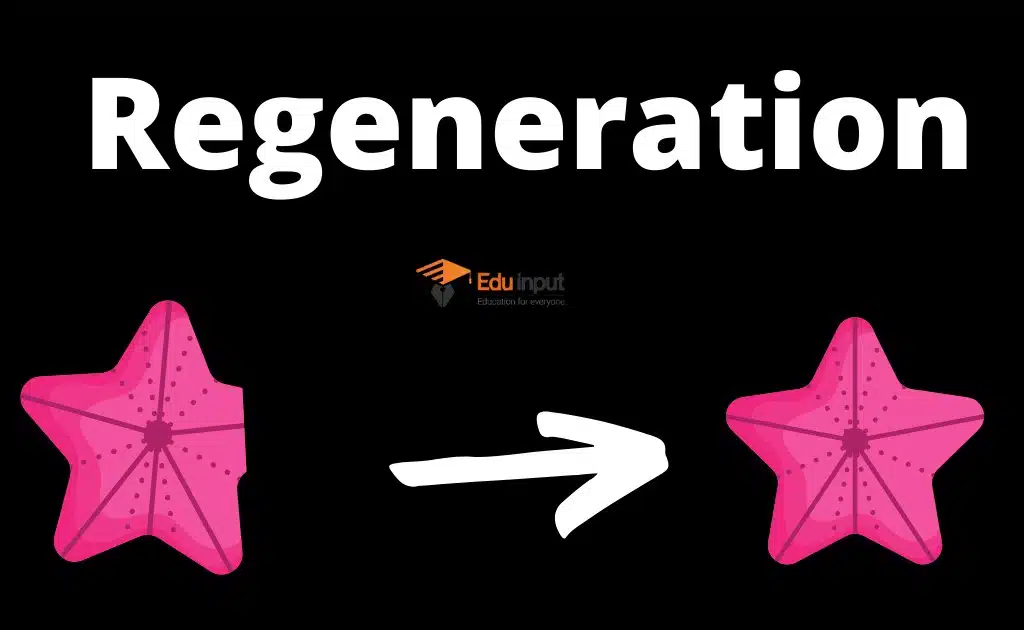What is a Stem Cell? – Importance, Types and Uses
Stem cells are undifferentiated cells that can develop into specialized cells or tissues. They are found in embryos, fetuses, and adults. In recent years, scientists have discovered ways to isolate and grow stem cells outside of the body. This has led to new treatments for diseases such as Parkinson’s disease, diabetes, heart disease, and cancer.
Importance of Stem Cells
Stem cells are integral to the development and function of the human body. These cells have the ability to divide and produce more specialized cells, which makes them essential for tissue regeneration and repair. However, stem cells can only proliferate under certain conditions in the body or in a laboratory setting.
Stem cells are the building blocks of life. They can turn into any type of tissue or organ in our body. The human body contains over 100 trillion stem cells, and they play a vital role in maintaining health and repairing damaged tissues.
Where are Stem Cells found?
Stem cells are found in almost every part of the body, from the skin to the brain. In recent years, scientists have discovered that these cells can also be extracted from other sources such as umbilical cord blood, bone marrow, fat, muscle, placenta, amniotic fluid, menstrual blood, and even saliva.
However, what’s really fascinating about stem cells is that they can stay non-dividing and non-specific for years until the body summons them to repair or grow new tissue.
Types of Stem Cell
Stem cells are of three types. These types are based on the location they are found in.
These are;
- Somatic stem cells
- Embryonic Stem Cells
- Induced Pluripotent Stem Cells (IPSC)
- Tissue-Specific Stem Cells (TSSC)
Somatic Stem Cells
Somatic stem cells, more commonly known as adult stem cells, come from human donors. The most well-known example of this kind of stem cell is the hematopoietic stem cell. Scientists have found that somatic stem cells are present in more places throughout the body than was originally thought, such as the brain, skeletal muscle, skin, teeth, heart, gut, liver, ovarian cells, and testis.
Embryonic Stem Cells
Embryonic stem cells are pluripotent cells, meaning they have the ability to differentiate into any type of cell in the human body. This stage lasts from the 4th to the 7th day after fertilization. In a normal pregnancy, the cells would disappear after the 7th day and begin to form the three embryonic tissue layers. However, if they are extracted from the blastocyst, they can be cultured and will proliferate indefinitely.

Induced Pluripotent Stem Cells (IPSC)
Induced pluripotent stem cells are made by taking somatic cells and altering them with embryonic transcription factors. This technology allows researchers to better study diseases and develop potential treatments.
Tissue-Specific Stem Cells (TSSC)
Tissue-specific stem cells, which are found in various parts of the body, have the potential to develop into different types of tissue when given the proper cues. In a laboratory setting, these stem cells can be coaxed into forming cartilage, bone, muscle, or fat. Additionally, this process has also been observed to happen in living organisms.
Uses of Stem Cell
Stem cells are being studied for their potential medical uses. They can be used to treat diseases such as Parkinson’s disease, diabetes, heart disease, cancer, arthritis, spinal cord injuries, and Alzheimer’s disease
They are being used to cure;
- Tissue regeneration.
- Cardiovascular disease treatment.
- Brain disease treatment.
- Cell deficiency therapy.
- Blood disease treatments.







Leave a Reply